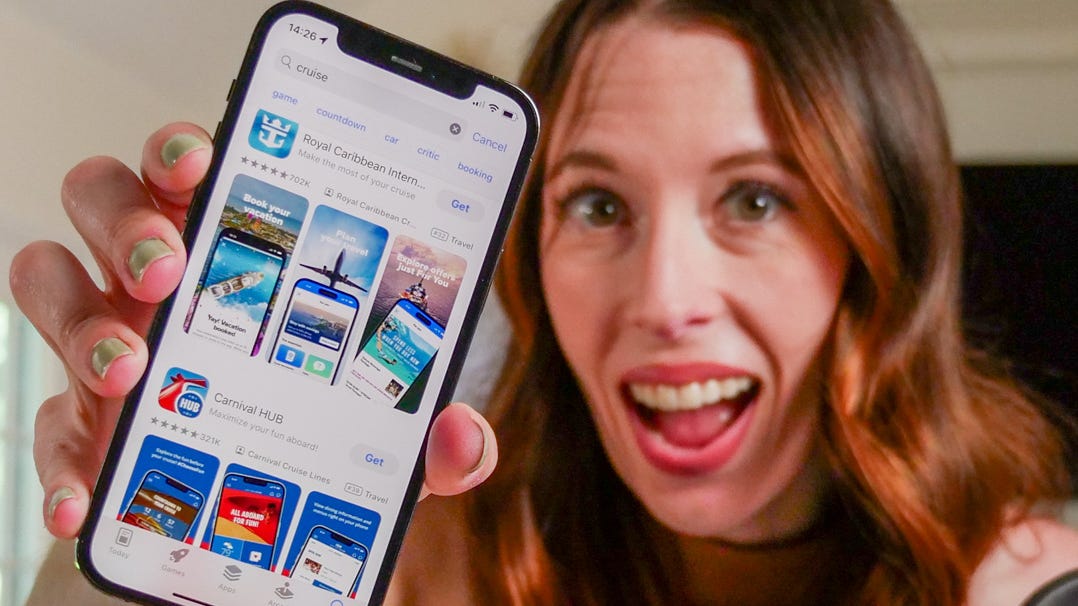How are cruise ship itineraries planned? Inside the years-long process

Holland America Line will visit a maiden port in 2026, stopping for the first time in Odda, Norway. Before the town was added to more than a dozen itineraries, Paul Grigsby, the cruise line’s vice president of deployment and itinerary planning, had to see it for himself.
He and Robert de Bruin, director of deployment and itinerary planning, traveled to Bergen in January 2024 and on to Odda, where they surveyed the port’s conditions, met with officials and explored the surrounding region.
“Even in the harsh conditions of January (everything was frozen and snowy – shows the grit of our Pacific Northwest cruise line to do port research in the Norwegian winter!), it was clear it would be the perfect stop during a cruise of the fjords, sailing past the region’s apple orchards and offering some excellent shore excursions,” Grigsby told Paste BN.
That’s all part of the itinerary planning process. Well before guests embark, many months of preparation go into crafting the routes they’ll take during their trip. Here’s how cruises are planned.
How are Holland America cruises planned?
When creating new itineraries, Grigsby said guest feedback informs the team’s thinking.
“We take seriously the surveys that we do,” he said. “We do a couple of those a year where we get a sense of what destinations guests are interested in.” They ask about preferred ports, how long they’d like to visit and more.
The cruise line also keeps an eye on industry trends and “what’s motivating people to travel these days.” Grigsby cited astrotourism, for example, which has shown up in itineraries designed around seeing solar eclipses or the Northern Lights.
After developing the concept, the cruise line incorporates it into an itinerary plan, utilizing the expertise of its team members.
“I have a couple of navigators that came off the ships that are the ones that are really essentially designing these cruises to make sure that they are, let's say, navigable, right? That you can actually sail these things,” Grigsby said.
The cruise line’s port operations team is typically the “boots on the ground” when it comes to scouting out new ports the cruise line hasn’t visited before, while its marine team investigates whether these ports can accommodate its ships. “Not just if it's a dock, but also if it's an anchorage, they need to make sure that the tender docks are adequate and meet the expectations of our brand,” Grigsby said.
Because Holland America is part of Carnival Corp. – which includes Carnival Cruise Line, Princess Cruises, Seabourn and other brands – he added that even if their team hasn’t visited a given destination, they can tap their colleagues elsewhere in the company who may have. “And we’ll use some of their research to help guide us,” Grigsby said.
Some destinations also demand a certain amount of flexibility.
“We have a few cruises that go to Greenland, and you really never know until you get to a couple weeks before a departure what the ice conditions are going to be like,” he said. “So, what we do is we build in some buffers. We add some slow speed – slow steaming, as we call it – so that the ship can adapt to whatever ice conditions they may be dealing with.”
The planning isn’t limited to what happens on the ship, either. The cruise line has a dedicated shore excursion team that helps build out a selection of land-based activities to accompany the ocean-going adventures.
How long does it take to plan a cruise?
Itineraries usually take between two-and-a-half to three years to plan, according to Grigsby. Sometimes the process can take even longer.
What makes a good cruise itinerary?
Some cruises – such as Alaska itineraries, where there are only so many ports ships can visit – are more straightforward. Those satisfy guest expectations, but Grigsby particularly enjoys planning voyages that have something extra thrown in.
For example, he designed a 2025 sailing through the Coral Triangle – the most diverse marine ecosystem on Earth – in collaboration with a marine biologist. The cruise, which is available to book again for 2027, incorporated programming about wildlife, volcanology and indigenous cultures.
“I think that the best itineraries are those that have various layers of stories and themes, and not just a collection of ports,” Grigsby said.
Nathan Diller is a consumer travel reporter for Paste BN based in Nashville. You can reach him at ndiller@usatoday.com.